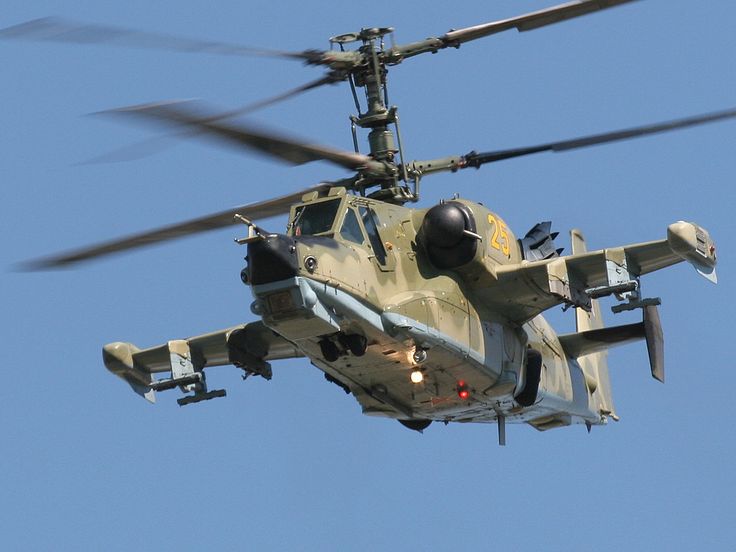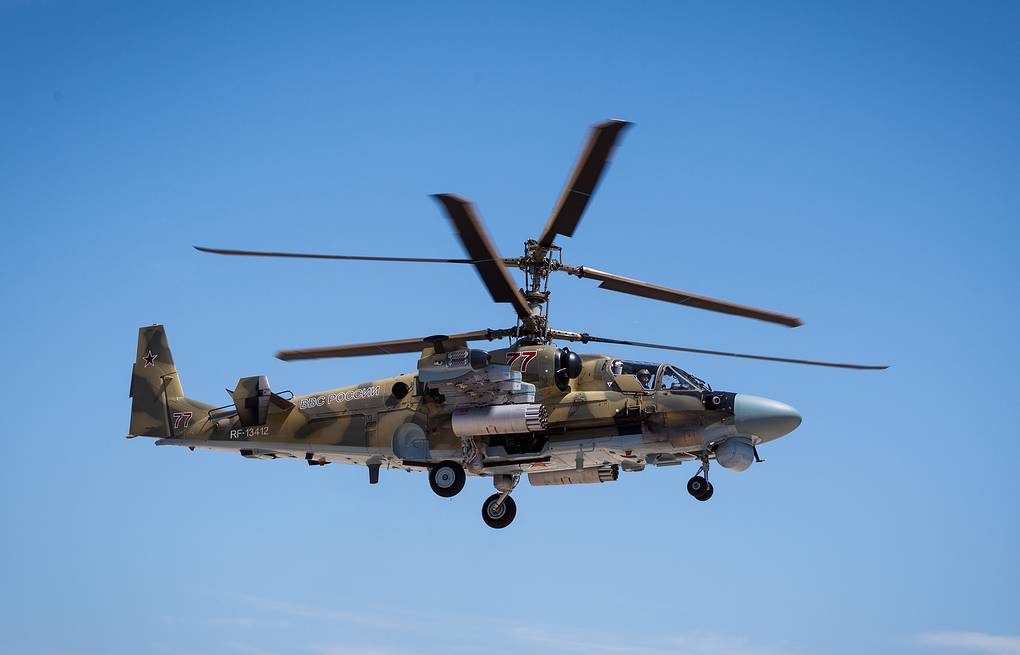From “Sitting Ducks” to Ukraine’s Ultimate Nightmare: Russian Attack Helicopters Unleash Havoc on the Battlefield
In what experts are calling a stunning transformation, Russia’s aerial arsenal—once written off as outdated and vulnerable—has now become Kyiv’s “worst nightmare,” according to an official from the NATO Joint Air Power Competence Centre (JAPCC).
(DEFENCE SECURITY ASIA) – At the dawn of the Ukraine-Russia war, Russian attack helicopters were little more than flying coffins, easy prey for Ukrainian gunners.
But today, those same aircraft have evolved into relentless war machines, striking fear into the heart of Ukraine’s defenders.
In what experts are calling a stunning transformation, Russia’s aerial arsenal—once written off as outdated and vulnerable—has now become Kyiv’s “worst nightmare,” according to an official from the NATO Joint Air Power Competence Centre (JAPCC).
Speaking at the International Military Helicopter (IMH) 2025 conference in London, Lieutenant Colonel Emiliano Pellegrini of the Italian Army, a leading expert at JAPCC, described how Russia had been forced to learn, and learn fast.
The early days of the war exposed fatal flaws in their helicopter tactics, but through ruthless adaptation and strategic recalibration, Moscow has sharpened the combat edge of its Kamov Ka-52 ‘Hokum-B,’ Mil Mi-28 ‘Havoc,’ and Mil Mi-24/35 ‘Hind.’
“In the beginning, they were using their helicopters all wrong. They paid a steep price for it,” Pellegrini said. “Now, they’ve completely changed the game.”

Russia’s initial deployment of 75 Ka-52s, 55 Mi-28s, and 95 Mi-24/35s was met with devastating losses.
According to JAPCC’s analysis of open-source data, nearly a third of the fleet was grounded at any given time due to maintenance or operational issues.
But those that did take to the skies found themselves cut down in shocking numbers.
By March 2023, just a year into the war, Russian helicopters had suffered staggering losses—59 units obliterated.
Of these, 42 were torn from the sky, while 17 were destroyed on the ground. Almost 30 percent of Russia’s operational rotary-wing fleet had been wiped out.
Then came the pivot.
By the war’s second year, Russia’s losses in the air had plummeted by 52 percent to just 19 units, a remarkable turnaround, though ground losses surged by 40 percent to 28 units.
Preliminary data from the third year suggests this downward trend is accelerating, a shift Pellegrini attributes to one thing: adaptation.

“Russia has learned how to use its helicopters not just better, but far more effectively,” he emphasized. The once-outdated fleet had been reborn as a far deadlier force.
Pellegrini’s data paints a grim picture of Russia’s early missteps. In the first year, nearly half of all helicopter losses—49 percent—were inflicted by MANPADS.
Another 22 percent fell to anti-aircraft artillery, 17 percent to small arms fire, and 12 percent to direct-fire anti-tank weapons.
The Ka-52, a symbol of Russian aerial dominance, had been particularly vulnerable, accounting for 62 percent of total losses, followed by the Mi-24/35 at 21 percent and the Mi-28 at 17 percent.
It was, in Pellegrini’s words, a tactical disaster.
“Russia treated helicopters like 20th-century flying artillery—low, slow, and utterly exposed,” he explained. “Every time they climbed to launch rockets, they turned themselves into perfect targets.”
Ukrainian forces seized on this weakness, unleashing Stinger and Starstreak missiles with ruthless efficiency.

The battlefield became a graveyard of smoldering wreckage.
But in 2023, Russia rewrote the script. Gone were the reckless low-altitude forays. In their place, a disciplined, lethal new doctrine: long-range engagements.
Russia’s helicopters, once cannon fodder, were now snipers in the sky.
Armed with extended-range Vikhr missiles and supported by electronic warfare helicopters and UAVs, they could strike with deadly precision while staying beyond the reach of Ukrainian defenses.
“They learned the hard way—distance is their friend now,” noted military analyst Justin Bronk, linking this strategic shift to a 52 percent reduction in aerial losses.
This transformation was not just about tactics—it was powered by technology. Russia’s rotary-wing fleet, once a relic of outdated warfare, was now bristling with upgrades.
Advanced infrared jammers disrupted enemy targeting systems.
State-of-the-art night vision allowed Russian pilots to own the battlefield after dark. Improved navigation systems made their missions deadlier and more precise.

Even the Ka-52’s notorious vibration issues, which had crippled its long-range accuracy, were solved through software refinements.
Meanwhile, the Mi-28 and Mi-35 were fortified with enhanced countermeasures against MANPADS, making them harder to lock onto, let alone destroy.
“Russian helicopters aren’t new, but they’re smarter now,” said Ukrainian military analyst Oleksandr Pavlenko in a statement in March 2025.
This metamorphosis is already rewriting the war.
Where Ukrainian MANPADS like the Igla once knocked dozens of Russian helicopters out of the sky every month, today’s battles tell a different story.
Russia’s newfound ability to strike from high altitudes and beyond effective engagement ranges has turned once-reliable Ukrainian air defenses into a game of diminishing returns.

“They’re not invincible,” admitted a Ukrainian General Staff officer, speaking anonymously to Ukrinform on March 1, 2025. “But they’re a hell of a lot harder to hit.”
With Kyiv’s air defenses under increasing strain and Russia’s attack helicopters adapting with lethal efficiency, one thing is clear: the skies over Ukraine are no longer a one-sided battlefield.
Russia’s rotary-wing fleet has been reforged in the fire of war, and this time, they are no longer easy targets—they are the hunters.
— DEFENCE SECURITY ASIA


